If you’ve ever felt limited by your workout space or equipment, adding bands to your training can change everything. These versatile tools can help you build strength, improve mobility, and add variety to your fitness routine without needing a full gym setup.
Why Use Bands for Working Out?
Bands for working out offer progressive resistance that challenges your muscles differently than free weights. They help improve your control, stabilize your core, and support joints during movements. Whether you’re doing squats, rows, or shoulder presses, bands can effectively target muscle groups while being joint-friendly.
Using bands for exercise at home or at the gym also keeps your training adaptable. They’re lightweight, easy to pack, and suitable for warm-ups, strength sessions, or mobility drills. This flexibility makes them perfect for busy professionals, parents training at home, or travelers who don’t want to skip workouts.
Benefits of Resistance Bands for Strength Training
Using elastic bands for strength training provides:
-
Variable resistance: The band’s tension increases as you stretch it, helping you develop strength across the full range of motion.
-
Joint-friendly loading: Unlike heavy weights, bands reduce strain on joints while still providing muscle stimulus.
-
Improved stability and control: They force stabilizer muscles to engage, improving balance and functional strength.
-
Versatility: You can use bands for weight training, bodyweight assistance, or warm-up activations.
Many athletes also add resistance bands for exercises like hip thrusts, deadlifts, and push-ups to enhance mind-muscle connection while increasing time under tension for muscle growth.
Types of Bands for Training
When exploring bands for workouts, you’ll encounter:
-
Loop bands: Great for lower body exercises like glute bridges and lateral walks.
-
Tube bands with handles: Ideal for rows, curls, and pressing movements.
-
Therapy bands: Lightweight and excellent for mobility drills and rehab exercises.
-
Heavy-duty bands: Can be used for banded squats, deadlifts, or to add resistance to bench presses.
Each type serves a purpose depending on your training goals, whether you are looking to add resistance to bodyweight training or to complement your free weight sessions.
How I Integrated Bands Into My Training
Years ago, I found myself stuck in a plateau during my home workouts. Adding training rubber bands to my routine helped reignite progress without increasing my risk of injury. I used bands for exercise at home to improve my pull-up strength by incorporating assisted pull-ups. They became essential for warming up before heavy lifts, helping me activate glutes and shoulders efficiently.
During travel, resistance bands replaced my dumbbell workouts, allowing me to maintain consistency even in hotel rooms. Over time, I noticed better muscle control, improved flexibility, and even more core stability when lifting heavier weights.
Sample Band Workout You Can Try
Warm-Up:
-
Band pull-aparts (2 sets of 15)
-
Lateral band walks (2 sets of 10 steps each way)
Strength Circuit:
-
Banded squats – 3 sets of 12
-
Resistance band rows – 3 sets of 12
-
Banded push-ups – 3 sets of 10-12
-
Banded glute bridges – 3 sets of 15
Finisher:
-
Band-assisted planks with lateral taps – 2 sets of 30 seconds
This quick workout can be scaled up by adding thicker bands for increased resistance as you progress.
Final Thoughts
Whether you call them bands for working out, strength training elastic bands, or training rubber bands, these tools can become your secret weapon for building a stronger, more mobile, and resilient body. They fit any fitness level, adapt to any space, and keep your workouts challenging and engaging.
If you haven’t yet, consider adding a few quality bands to your training routine. They may look simple, but they deliver powerful results.







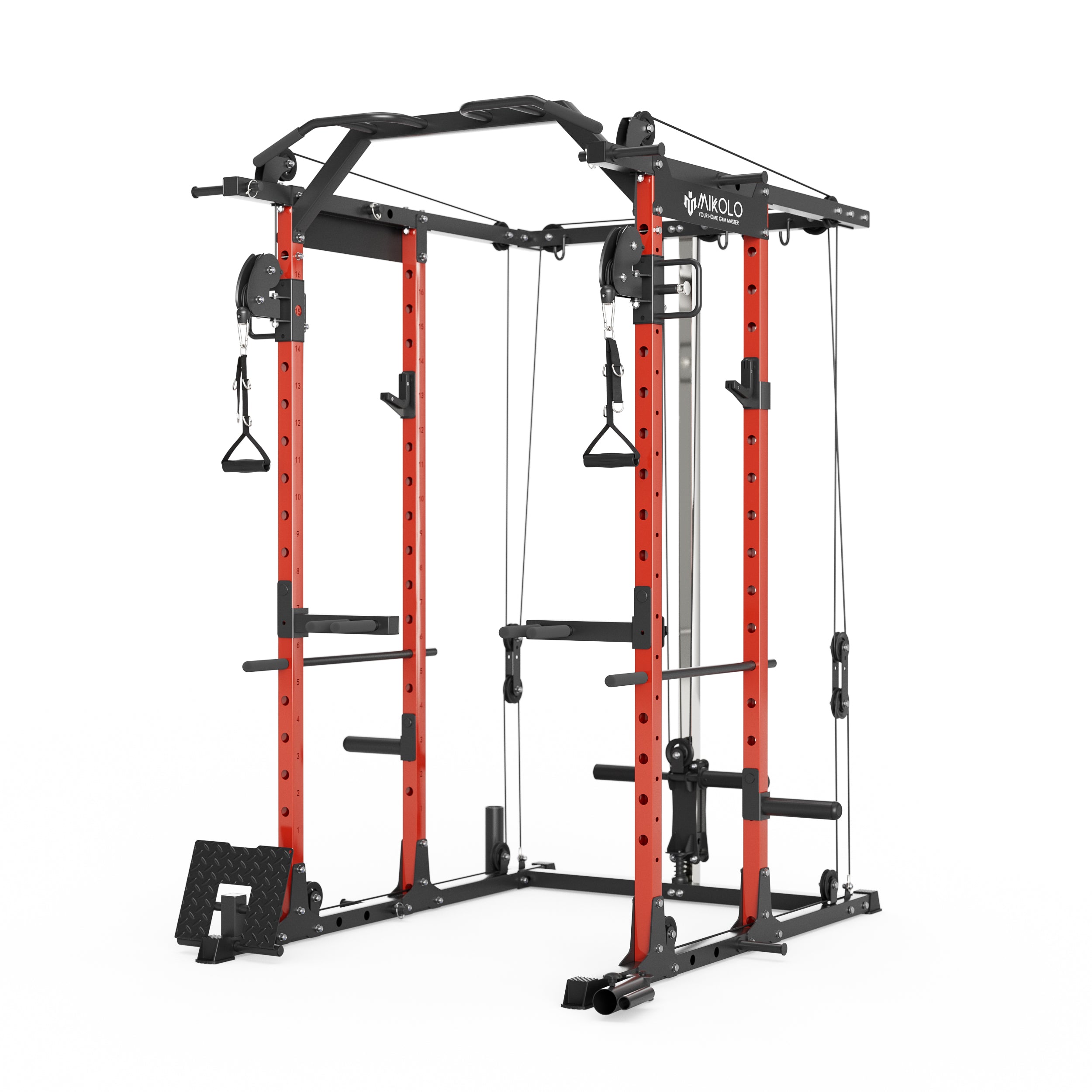
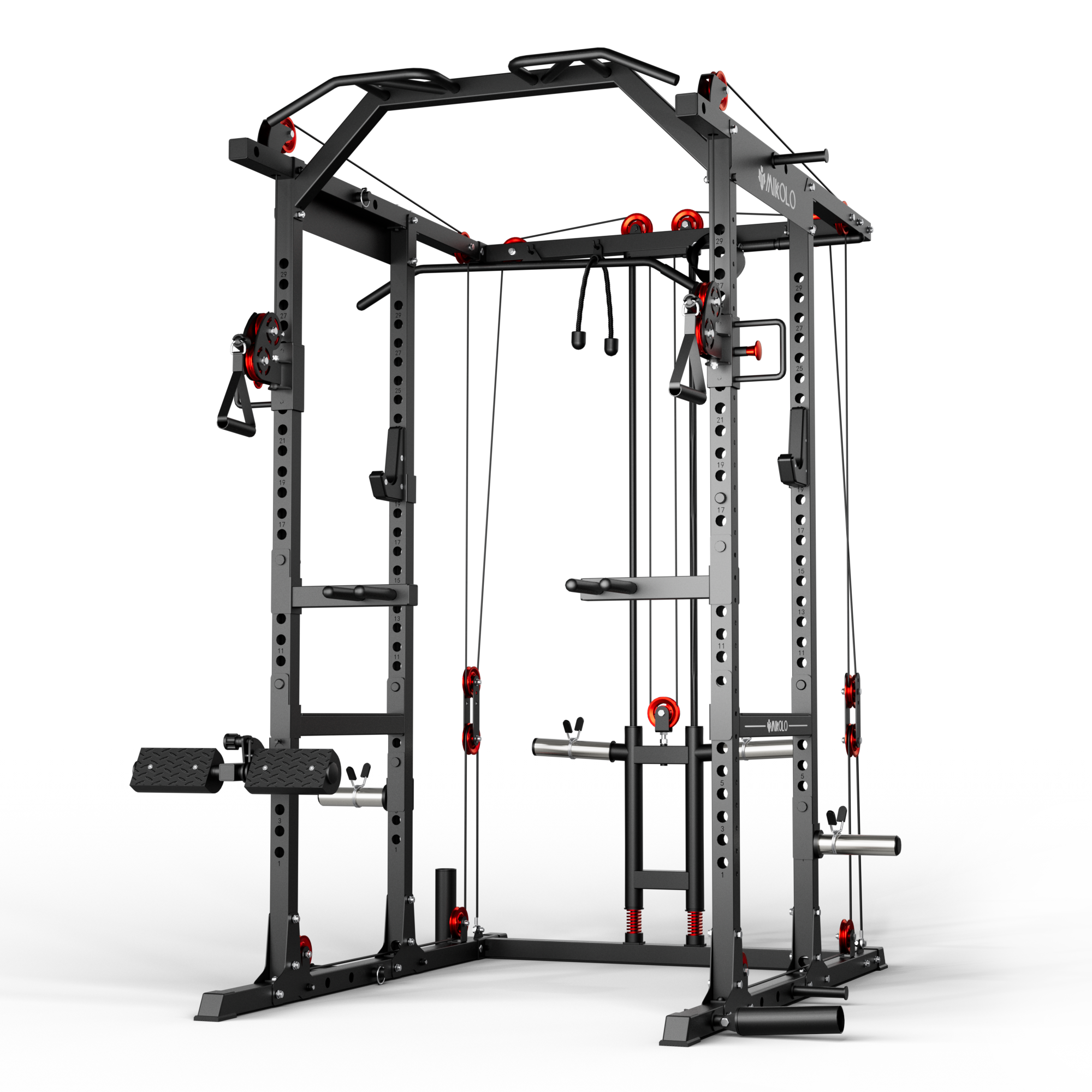





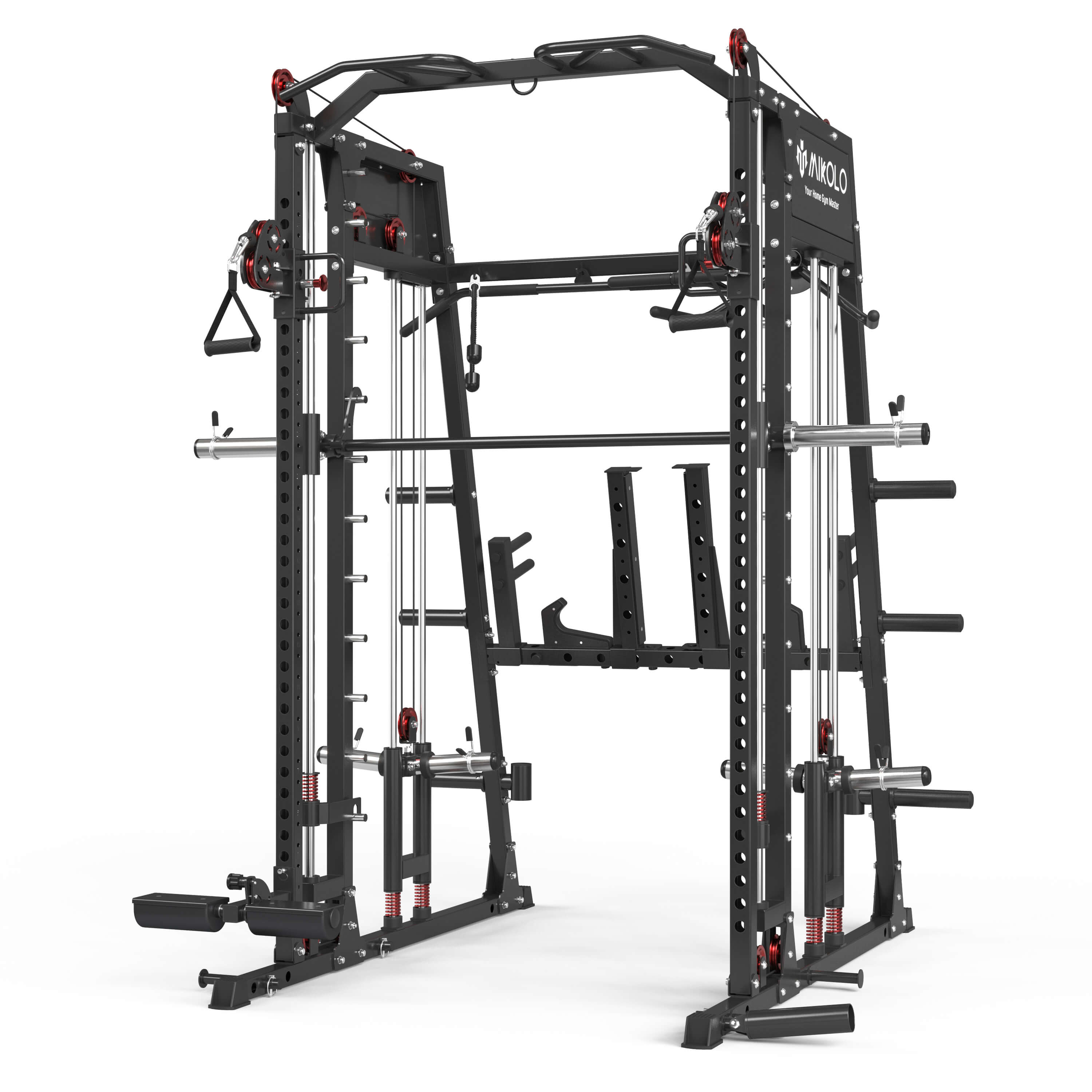






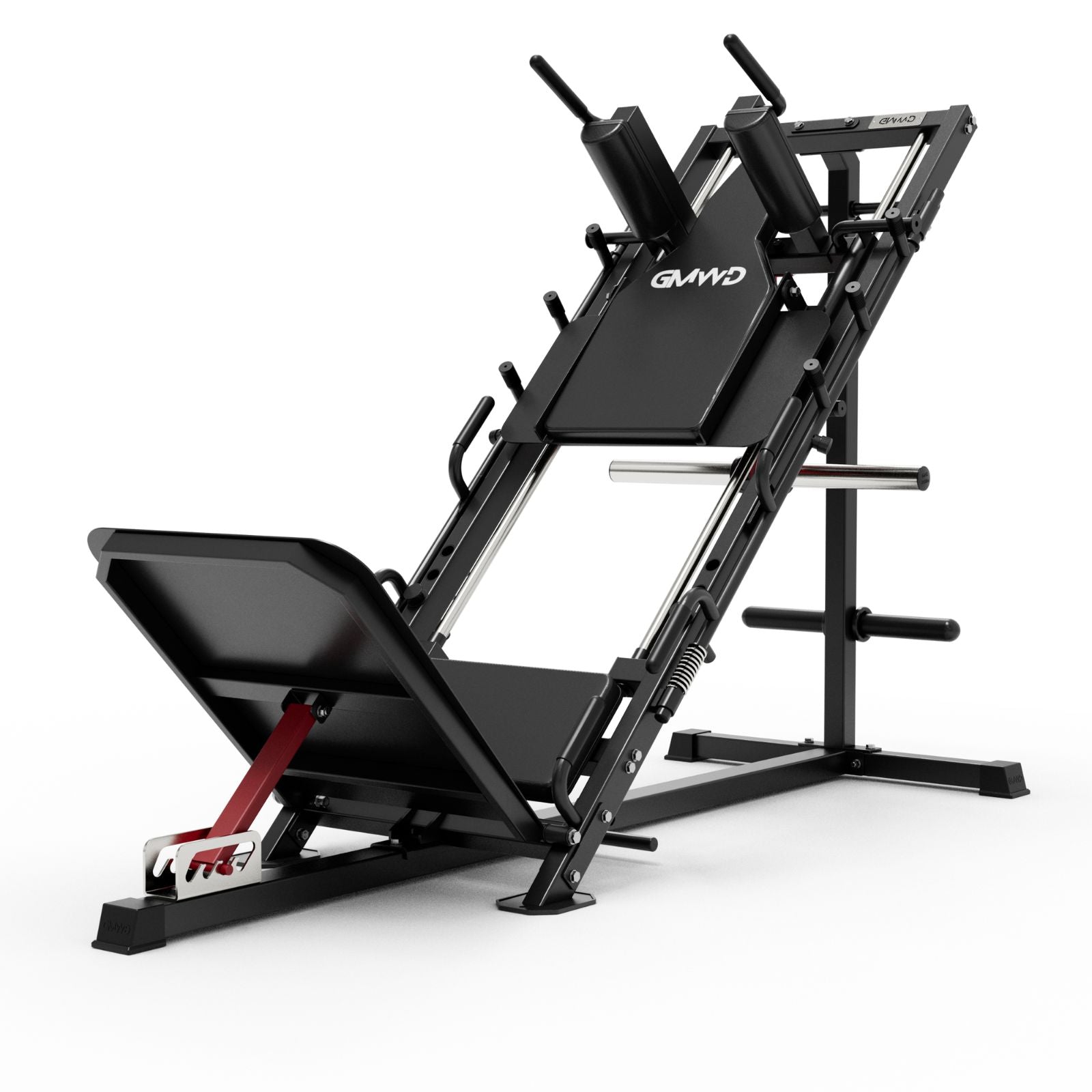


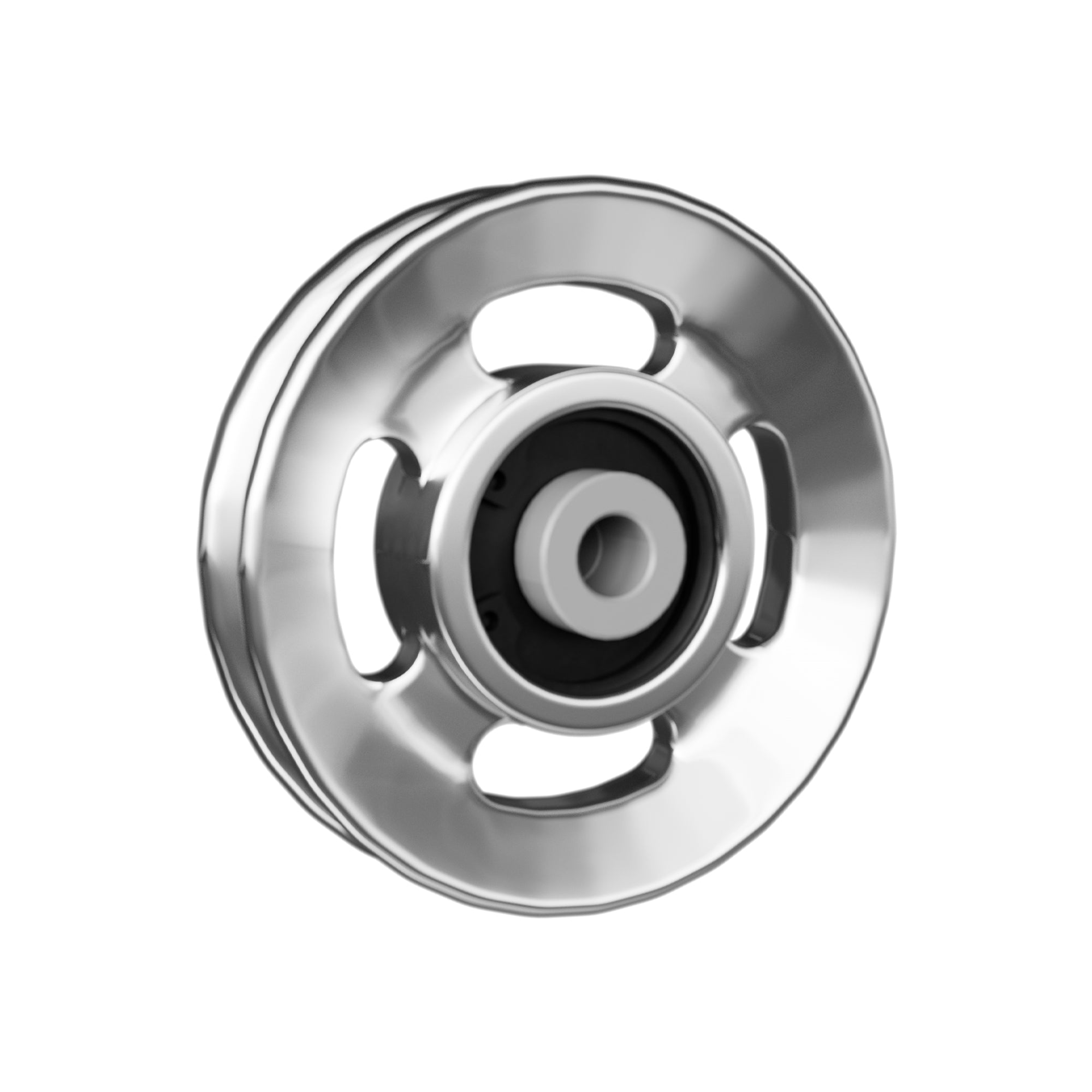


















Leave a comment
This site is protected by hCaptcha and the hCaptcha Privacy Policy and Terms of Service apply.